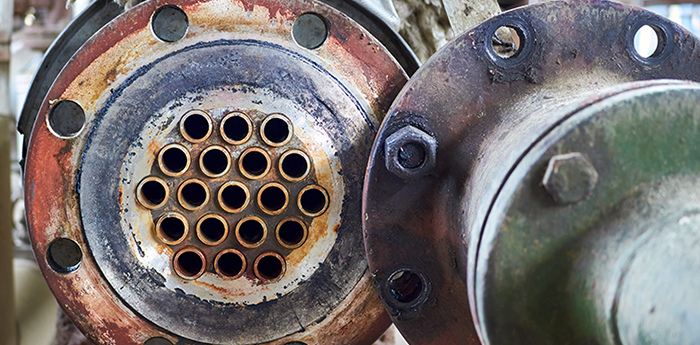Diesel is a complex mixture of hydrocarbons produced by crude oil distillation. This material sometimes contains small amounts of known cancer-causing agents such as benzene and other problematic aromatic or arene compounds. It may also contain small amounts of sulphur-bearing compounds such as hydrogen sulfide. Although diesel is an effective degreasing solvent and is relatively non-toxic by ingestion, it also poses a toxicity risk when exposed to skin causing target organ damage via rapid blood absorption.
Quite often, a viable replacement, for industrial degreasing procedures, employs the use of a formulated solvent degreaser, such as RAMSOL BCX, with a consistent and known hydrocarbon composition, by emulsifying it in water to form an emulsion blend. This method of degreasing effectively reduces or eliminates several site hazards associated with using bulk diesel including, but not limited to the:
- Reduction in overall exposure to solvent
- Reduction in volume of chemical being handled
- Reduction in volume of chemical at risk for spills
- Reduction in volume of solvent associated with flammability or combustion risks when applied at high temperatures
- Reduction in the potential for excessive hydrocarbon or toxic vapors at system vents and drains
- Elimination of the qualitative assessment of retains for progression of cleaning
- Elimination of extensive evaporative loss when applied at high temperature
Not only are site hazards reduced or eliminated, but the emulsion blend also provides additional cleaning capacity by employing surfactant for hydrocarbon soil lift, dispersion, and emulsification. This additional ingredient also effectively minimizes or eliminates the associated residual film often left behind by diesel in degreasing applications. The blend can also be supplemented with the use of alkali and other performance additives to address fouling not impacted by the solvent degreasing process. Talk to your West Penetone representative for the blends and circulation procedures.
This method of degreasing also allows for the potential reduction in waste treatment costs. By employing an emulsion blend, treatment methods can be adopted to break the emulsion and separate the individual phases for more tailored disposal. Talk to your West Penetone representative for the process on denaturing the waste effluent.
When the volume of solvent is precisely dosed, the emulsion blend can be customized to provide superior to equivalent cleaning performance in comparison to generic diesel degreasing procedures. When combined with the reduction and/or elimination of the site hazards associated with the use of diesel, the emulsion blend presents itself as a viable alternative in industrial degreasing procedures.

